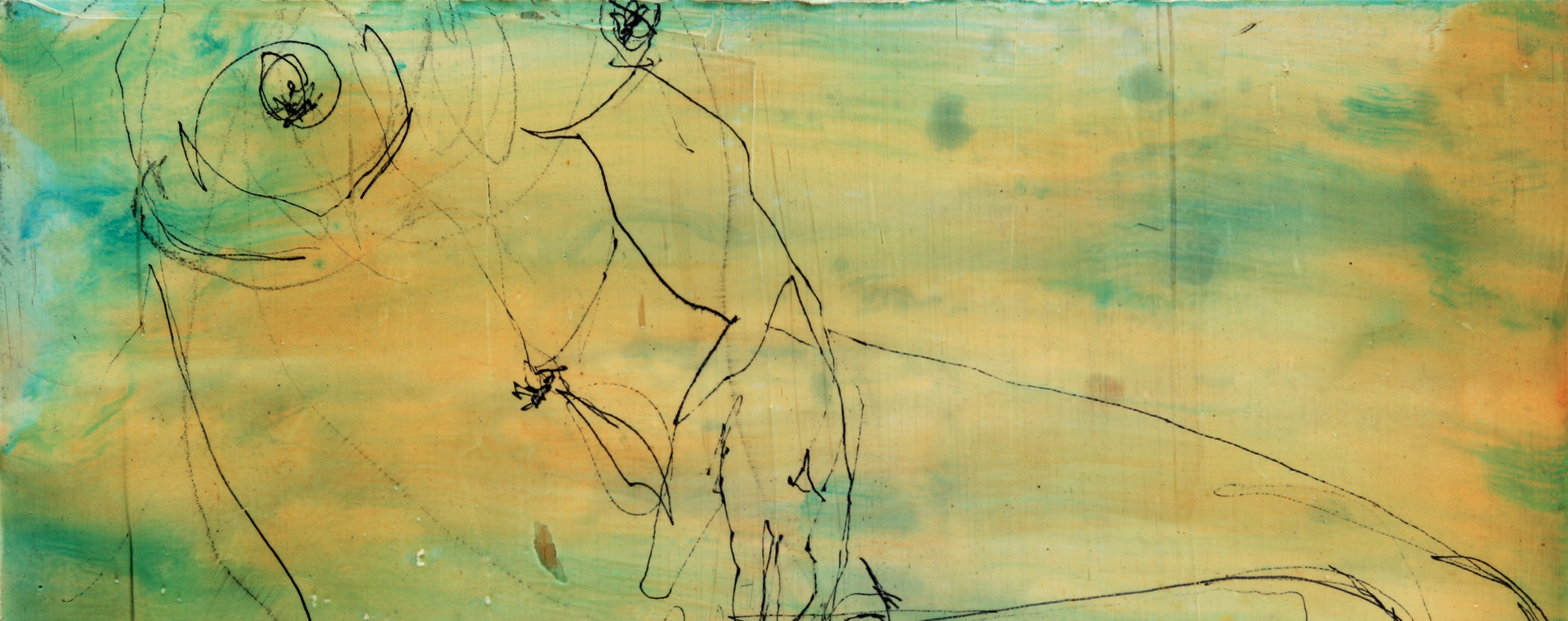DAVID CAMINER
PLASTIC SURGEON
A CONFIDENTIAL ENQUIRY
A CONFIDENTIAL ENQUIRY
A CONFIDENTIAL ENQUIRY
A CONFIDENTIAL ENQUIRY
Mole & Skin Cancer Lesions (Mole Biopsy & Skin Biopsy)
In my practice I have performed thousands of mole and skin lesion excisions for my patients. I believe that plastic surgeons are best equipped to perform this procedure, as the scars are often much shorter and of better quality than with other specialities.
Mole and lesion excisions are most often performed in my rooms under local anaesthetic. Post-operatively, I recommend the scar is tapped and a scar cream applied by the patient for 2-3 months. This technique results in minimal scarring and offers great results.
Following excision, there is usually very little postoperative pain and the only potential discomfort is with the local anaesthetic prior to the excision.
All skin lesions are sent for pathology as a matter of routine and you will find that plastic surgeons, due to the fact that they excise many skin lesions in their practices, are excellent at diagnosing whether skin lesion are benign or malignant.
Skin cancer
Plastic surgeons effectively treat many skin cancers and moles and are therefore offer excellent diagnostics for different skin lesion pathology. We deal with an array of skin lesions and blemishes and skin cancers, mainly because of the superior scarring that can be achieved with plastic surgery techniques.
The vast majority of skin lesions referred to plastic surgeons are generally skin cancers on the face. Larger skin cancers and melanomas elsewhere on the body are also referred to plastic surgeons as they have the know-how to close the resulting defects. I perform thousands of mole and skin cancer excisions with excellent results.
My philosophy regarding the excision of skin cancers on the face is to avoid skin grafts in these areas at all cost. This is because skin grafts which are harvested from different areas of the face or body can be problematical when it comes to matching skin colour and texture, leaving a noticeable patch on the skin of the face. So to overcome this problem, I usually close these defects with flaps.
Flaps are often taken from the adjacent area which means that the skin colour will be identical to the surrounding skin. The scarring will however, be a little longer, but over time the scarring will diminish so that it becomes virtually invisible.
For skin cancers or other parts of the body my philosophy is much the same in that I attempt primary closure first. Flap repair is used should the defect be too large to close primarily. For very large wounds, skin grafts might be necessary.
A few final words
The removal of harmless moles and skin lesions is quite often performed for aesthetic reasons, especially from the face and arms and so the technique used, must result in minimal scarring.
So in conclusion, the removal of facial flaws, such as moles and skin lesions is a quick and painless procedure that will leave you with a smoother and clearer complexion, removing any prior anxieties you may have suffered due to the presence of the skin growths. Patients are often worried about the resultant scar, but from my experience the scar will eventually look less prominent than the original mole. With time the scar will fade and be hardly perceptible.
Post Procedure Facts & Advice Send A Confidential Enquiry Meet Dr David Caminer
